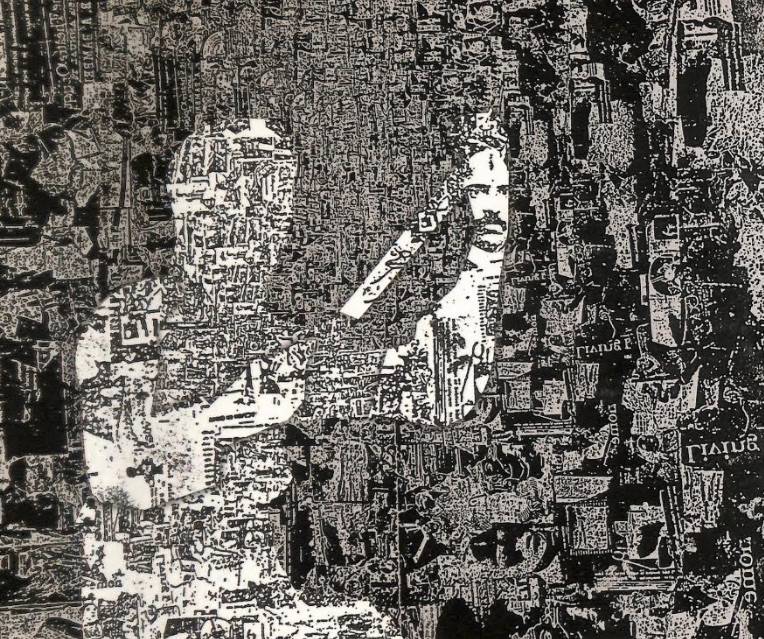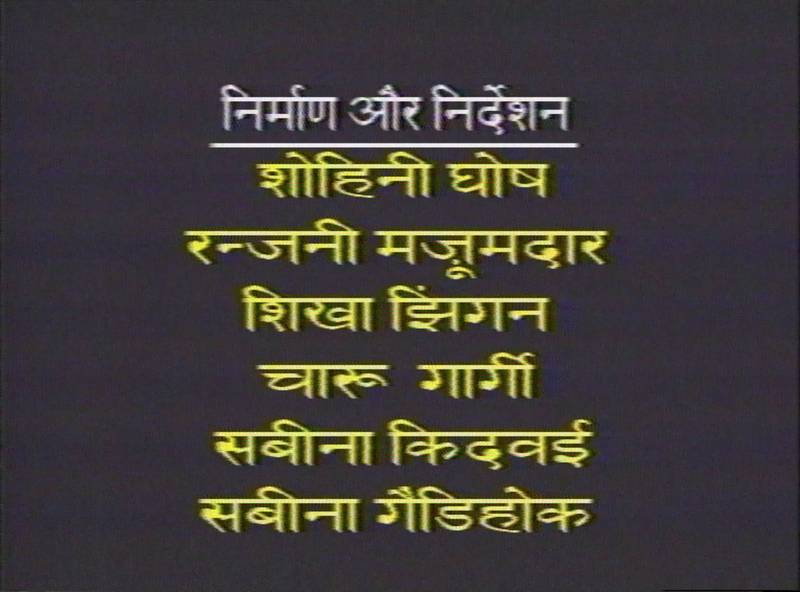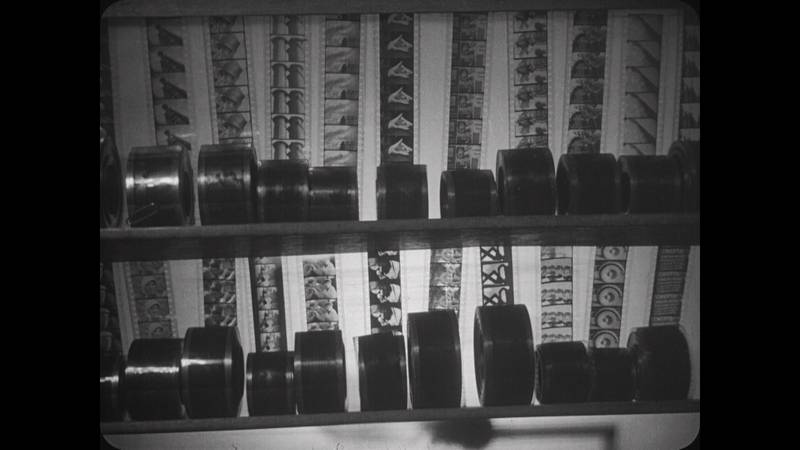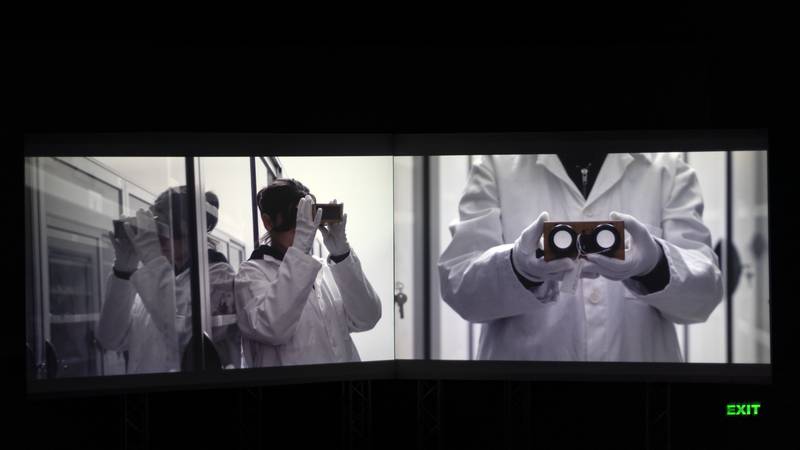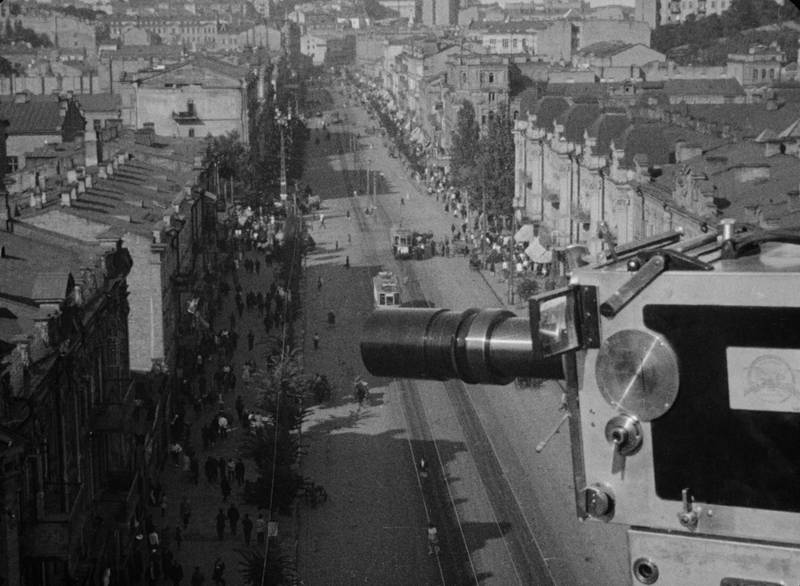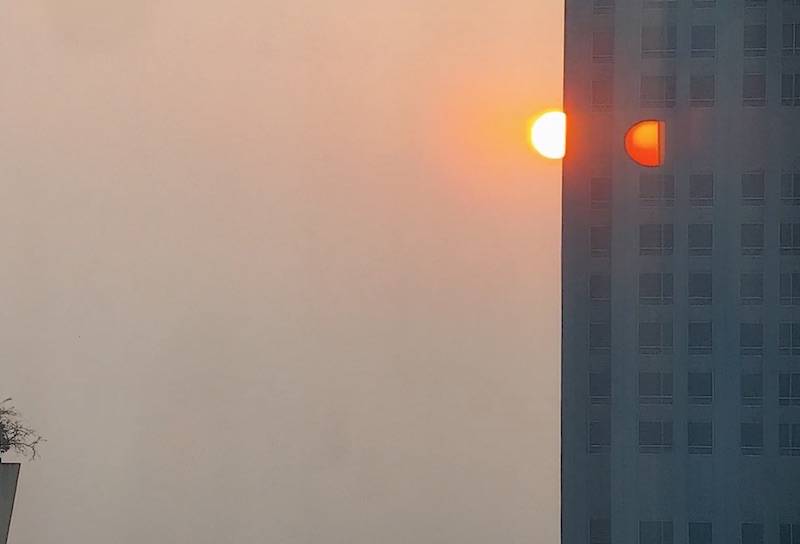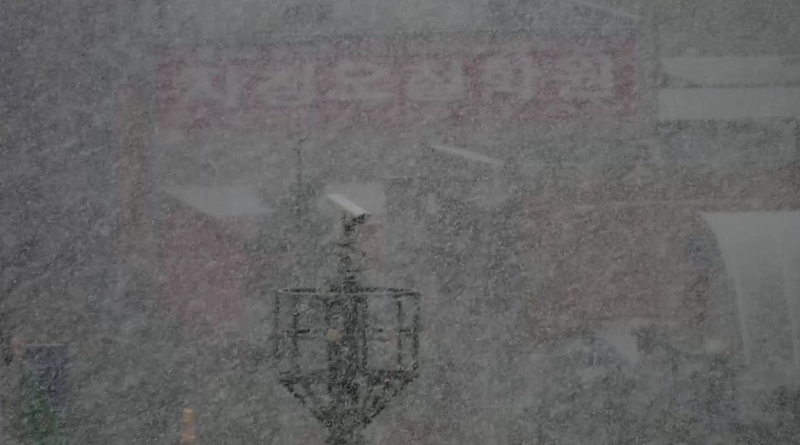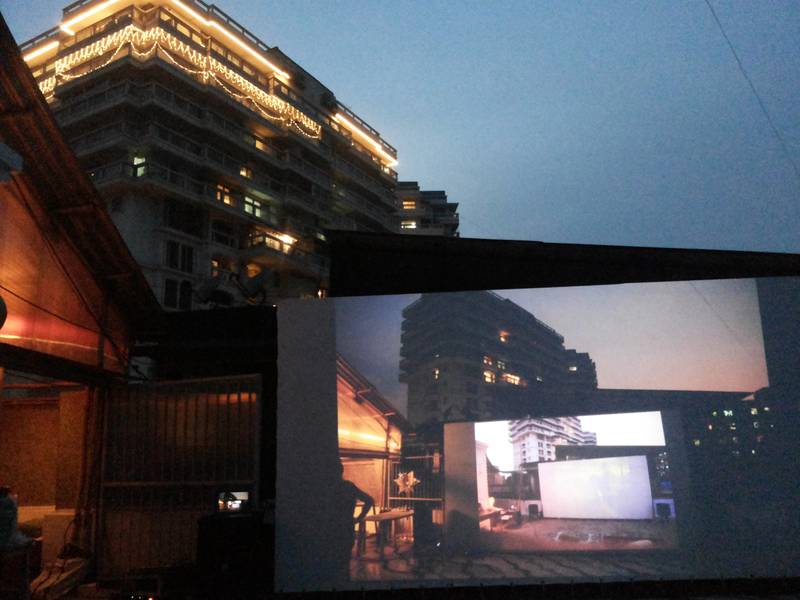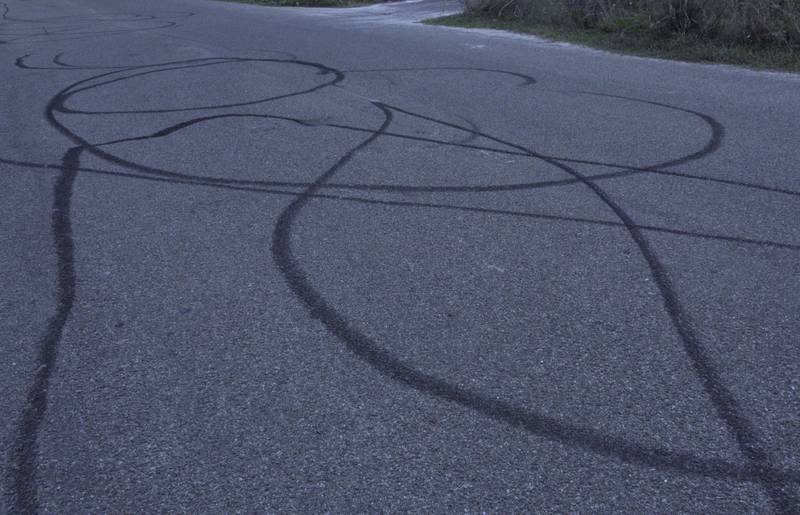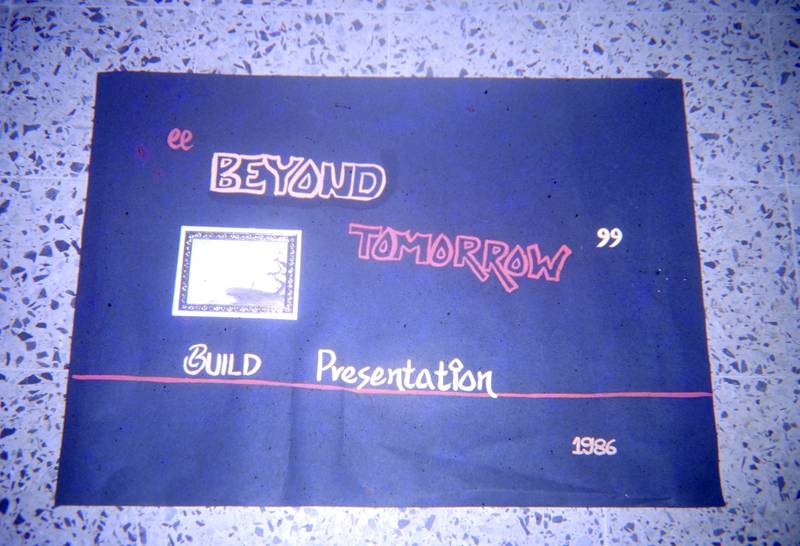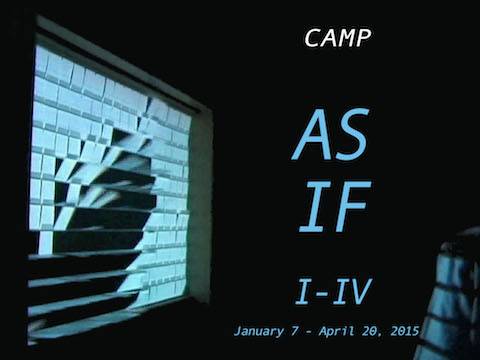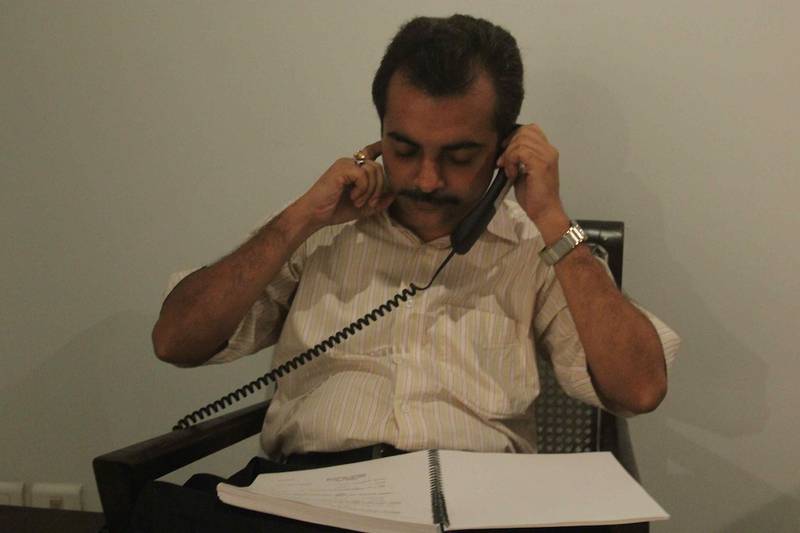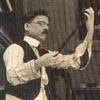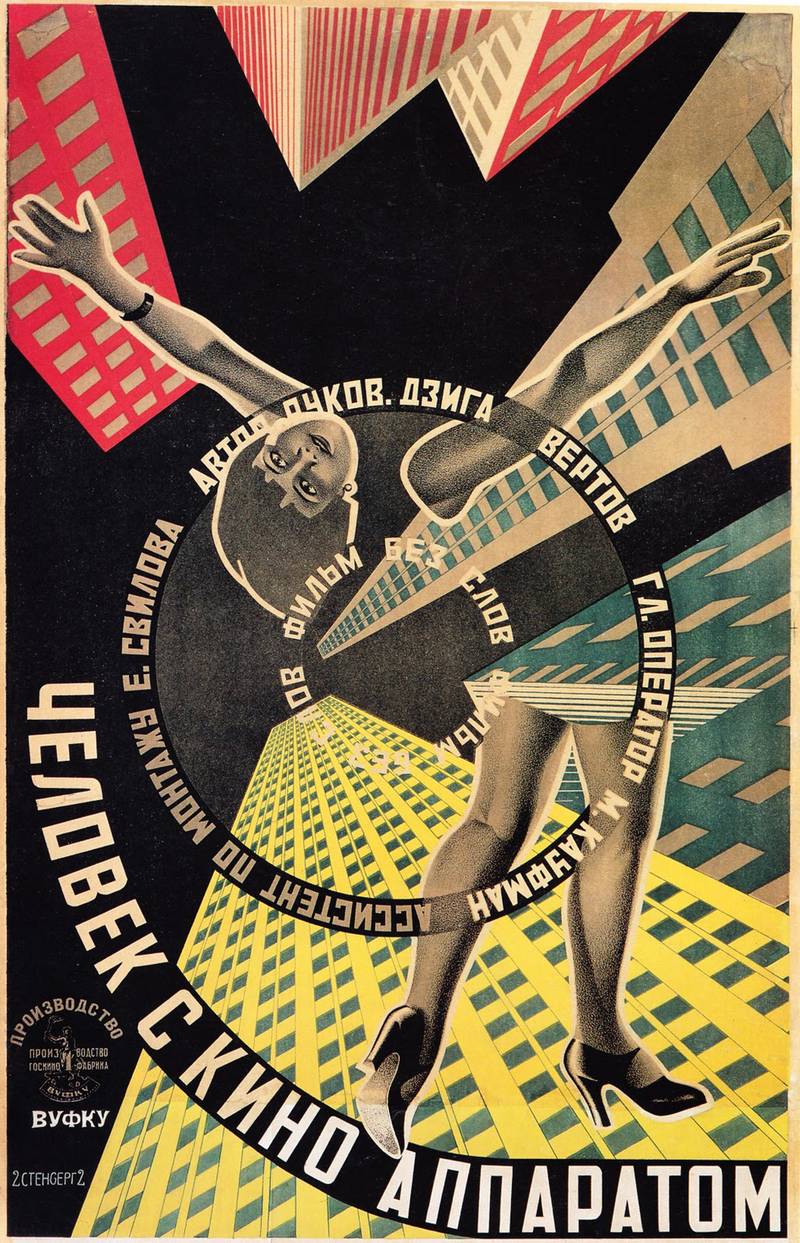
The New Medium
The New Medium was a curated programme for the Mumbai International Film Festival for three consecutive years (2016-2018). The inaugural program - in a twisted art-historical mode - framed cinema as a new medium (125 years old, when compared to the other arts), and scoured the century of cinema chronologically...
The inaugural program - in a twisted art-historical mode - framed cinema as a new medium (125 years old, when compared to the other arts), and scoured the century of cinema chronologically, to pick 14 films, that began with the restored Man with the Movie Camera with live music by a Ukraine based Jazz Quartet, and concluded with Farocki’s Parallel I-IV. Lis Rhodes Light Music strobed and fogged the cinema hall, Mani Kaul’s crew met to remember him after his passing, and to view with us his foray into the television medium with his rendering of Doestoevskys’ The Idiot, and the preview cinema with full-reclining seats gave the brave a chance to drown in Lav Diaz’s eleven hour-long and eleven years in the making Evolution of a Filipino Family. See https://studio.camp/events/TNM/ for more details.
ii. Footage FIlms: The New Medium - II (2017) Year 2, was about the material itself, and its relationship with the means and modes of its production. As a setting for the programme, Footage Films began with a live performance by CAMP itself. Live feed from the PTZ CCTV camera atop the cinema hall was fed onto the IMAX screen, (19th century camera obscura), where a 200 year-old history of Parel, the center of the city of Mumbai, unravelled. (See:https://studio.camp/events/lowerparel/)
Two synchronous moments north and south of the equator anchored the main programming: Group Cine Liberacion meeting, clandestinely, filming and assembling the Hour of the Furnaces in 1968 (that gave rise to the Third Cinema Manifesto); and Guy Debord publishing The Society of the Spectacle, that in a few years would be be crafted into the film. The specific journeys into archiving infrastructures and work done to make footage visible for say Micheal Kliers, Der Riese, or Eyal Sivans, The Specialist, were underscored. Chris Marker’s Level Five, and Craig Baldwin’s Spectres of the Spectrum elevated the struggles for memory and autonomy, amidst the pre-internet spin of information and images into a visual feast of analog images. The founding members of Mediastorm, (https://studio.camp/events/mediastorm/) India’s first filmmaking collective reunited, and reassembled a cut from through their until-then lost films, (this took some deep house cleanings) that are now a rich archive and footage resource themselves, and the filmmaker Kamal Swaroop and his colleagues (https://studio.camp/events/dada/) served up the phantasmagoric finds from a long running and generous pedagogic project on the pioneer of cinema in India, Phalke. See https://studio.camp/events/TNM2/ for more details.
In its last edition, The New Medium programme transformed a single screen cinema in the festival venue’s multiplex into a multi-screen environment. 2-channel and 3-channel works played on scheduled screening timings throughout the day, awarding the films an infrastructure of immersive sound, light-proof image projection and lush seating; and giving the the audience the cinema experience, the chance to see multi-channel works programmed like films, and not as installations - that we believe was a first of its kind. CAMP members designed the space, as well as the programming software and projection environment, for the marathon 2-day screening programme that ran to a packed hall. We began with Agnes Varda’s 3 moving images. 3 places. 3 rhythms. 3 feelings See https://studio.camp/events/TNM3/ for more details.
